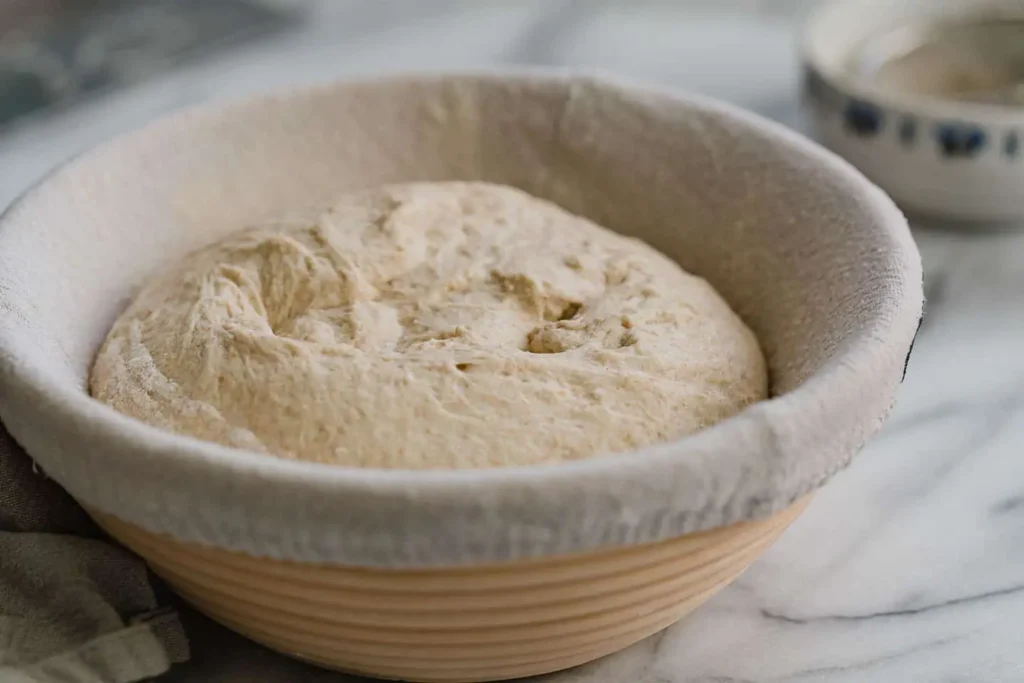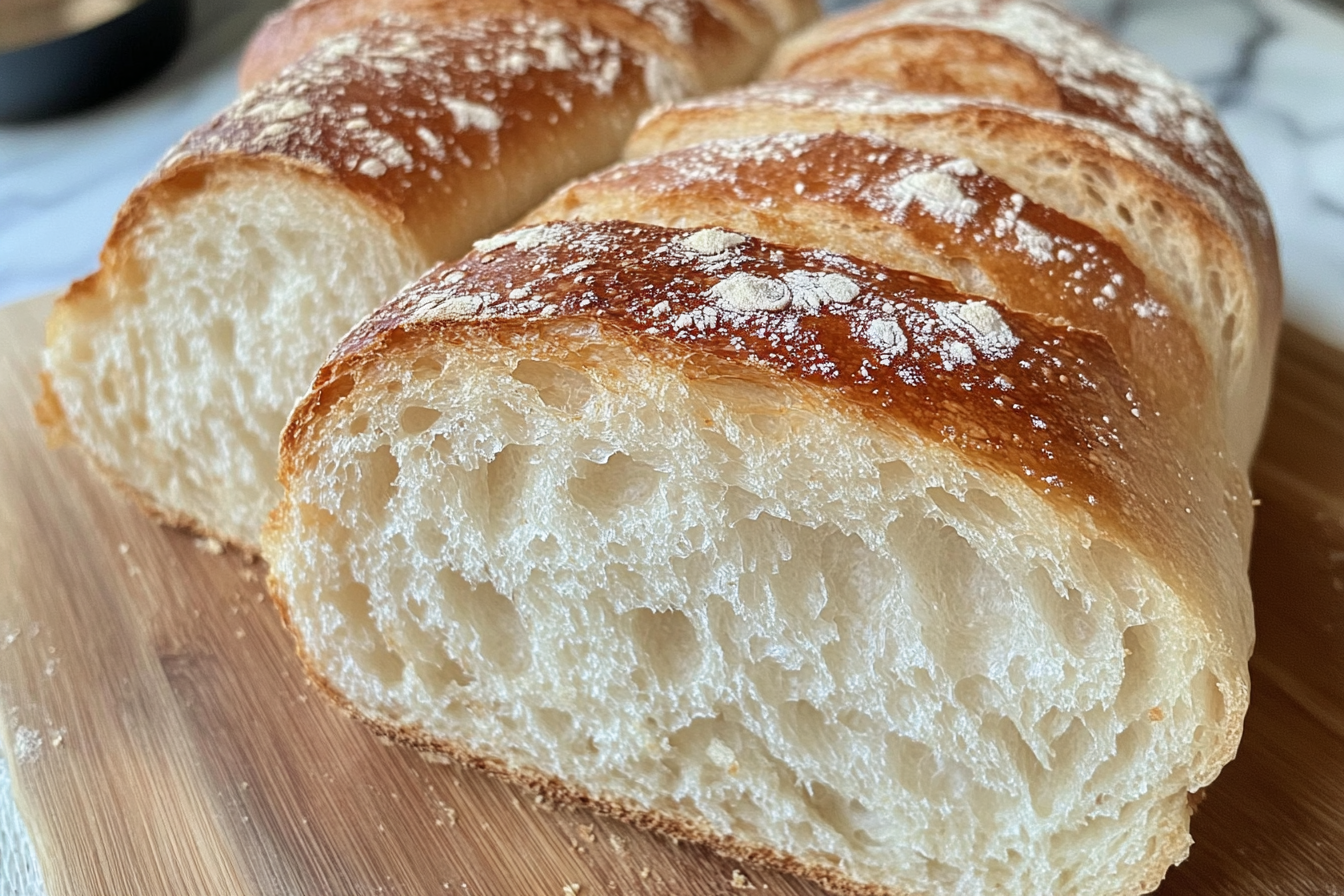What not to do with sourdough? for Any Occasion
Sourdough bread has captured the hearts of home bakers worldwide, but crafting the perfect loaf isn’t as straightforward as it might seem. While sourdough offers a unique flavor and texture, it also requires patience, skill, and attention to detail. Understanding what not to do with sourdough is essential to avoid common pitfalls and achieve the best results. In this article, we’ll pick into the nuances, highlight frequent mistakes, and provide tips to boost your baking game.
Understanding Sourdough
He is more than just a type of bread; it’s a living entity. It relies on a natural fermentation process, driven by a mixture of wild yeast and lactic acid bacteria in the starter. This complex interaction creates the tangy flavor and airy crumb that sourdough is known for.
Key Elements of Sourdough:

- Starter: The heart of sourdough, a mix of flour and water teeming with microorganisms.
- Dough: Made from the starter, flour, water, and salt, which undergoes fermentation.
- Fermentation: A critical step that develops flavor and texture through time and care.
Baking this bread is as much about science as it is about art. Understanding these elements is vital, but knowing what not to do with sourdough can make all the difference between success and failure.
Mistakes in Preparation
Preparation sets the foundation for sourdough success. Yet, many bakers falter by overlooking crucial details.
Common Missteps in Preparation:
- Skipping Precise Measurements: Unlike other baking, sourdough demands accuracy. Using approximate measurements can confuse hydration levels, affecting dough consistency.
- Rushing the Process: Sourdough is a slow process by design. Cutting corners by reducing fermentation time leads to underdeveloped flavors and a dense texture.
- Improper Mixing: Inadequate kneading or mixing results in poor gluten development, causing the dough to collapse during baking.
Avoid these mistakes by adhering to recipes closely and respecting the time-intensive nature of sourdough. Learning what not to do with sourdough during preparation insures a smoother journey to success.
Avoid these mistakes by adhering closely to recipes and respecting the time-intensive nature of sourdough. You can also consult this sourdough garlic bread guide to learn how careful preparation impacts baking outcomes.
Neglecting the Starter
The starter is the lifeblood of sourdough baking. Neglecting it can doom your loaf before it even begins.
What Not to Do with Sourdough Starter:
- Infrequent Feeding: A neglected starter becomes weak, leading to inadequate fermentation.
- Using Contaminated Utensils: Introducing contaminants compromises the health of your starter.
- Ignoring Temperature Sensitivity: Starters thrive at specific temperatures. Exposing them to extreme heat or cold can confuse the microbial balance.
Tips for Starter Care:
- Feed your starter regularly with fresh flour and water.
- Store it in a clean, airtight container.
- Monitor its activity to assure it’s bubbly and active before use.
By understanding what not to do with sourdough starters, you’ll lay the groundwork for a robust and healthy baking process.
Using Poor-Quality Ingredients
The quality of your ingredients directly influences the outcome of your sourdough bread. Cutting corners here is a common mistake.
Ingredients to Prioritize:
- Flour: Choose unbleached, high-protein flour for better gluten development.
- Water: Use filtered water to avoid chlorine, which can hinder fermentation.
- Salt: Opt for sea salt or kosher salt to increase flavor without introducing additives.
Avoiding Ingredient Mistakes:
- What Not to Do with Sourdough Ingredients: Avoid using expired or low-quality flour. Such choices negatively impact the texture and taste of your bread.
- Neglecting Measurements: Even high-quality ingredients require precise amounts to achieve balance.
Investing in premium ingredients insures a superior loaf and minimizes the risk of sourdough failures.
For tips on incorporating premium ingredients into your recipes, consider exploring the secret to moist muffins—a guide that emphasizes ingredient quality.
Mishandling the Dough
How you handle the dough significantly impacts the final product. Mishandling can ruin even the most promising sourdough.
What Not to Do with Sourdough Dough:
- Overproofing: Letting the dough ferment too long weakens its structure, causing it to deflate.
- Underproofing: Cutting fermentation short results in dense, heavy bread.
- Rough Shaping: Poor shaping techniques affect the bread’s rise and crumb structure.
Handling Tips:
- Use the stretch-and-fold method to build gluten without overworking the dough.
- Be gentle when shaping to maintain the dough’s integrity.
- Learn to recognize when the dough is ready by observing its texture and elasticity.
By avoiding these common mistakes, you’ll master the art of handling sourdough dough effectively.
Ignoring Fermentation
Fermentation is where the magic of sourdough happens. Overlooking its importance is one of the most critical errors.
What Not to Do with Sourdough Fermentation:
- Skipping Bulk Fermentation: This step is essential for flavor development and structure.
- Poor Temperature Control: Fermentation thrives within a specific temperature range. Too cold, and it’s sluggish; too warm, and it accelerates uncontrollably.
- Impatience: Rushing this stage compromises both flavor and texture.
Mastering Fermentation:
- Allow sufficient time for bulk fermentation, even if it’s longer than expected.
- Use a proofing basket to support the dough during its final rise.
- Monitor environmental conditions to assure optimal fermentation temperatures.
By paying attention to fermentation and understanding what not to do with sourdough during this stage, you’ll hoist your baking skills.
Baking sourdough requires dedication, but the results are worth the effort. By understanding the common mistakes and focusing on what not to do with sourdough, you’ll avoid frustration and enjoy consistently excellent results. From caring for your starter to mastering fermentation, every step is an opportunity to refine your craft. Happy baking!
Baking Errors
One of the most common mistakes in sourdough baking is overlooking critical techniques that assure success. Baking errors can lead to flat, dense, or overly sour bread. Let’s examine what not to do with sourdough:

- Not properly feeding your starter: A neglected starter can become inactive, resulting in a poor rise.
- Over-proofing or under-proofing the dough: Timing is crucial; too long or too short can ruin the structure.
- Using cold ingredients: Insure that water, flour, and starter are at room temperature to maintain activity.
- Improper kneading: Either overworking or underworking the dough affects its texture.
Transitioning through these steps carefully insures that you avoid baking errors. Always pay close attention to dough consistency and timing to avoid disappointment.
Poor Storage Practices
Incorrectly storing is another area where things often go wrong. So, what not to do with sourdough in terms of storage?
- Leaving starter uncovered: This can lead to contamination or dehydration.
- Storing starter at the wrong temperature: Keep it refrigerated if not used daily.
- Improperly wrapping baked sourdough bread: Use breathable materials to prevent mold while maintaining crust integrity.
Transitioning your storage practices to align with these tips can dramatically improve the longevity of both your starter and baked bread. Poor storage invites spoilage, so always maintain an optimal environment.
Discarding Starter Wastefully
Too many beginners discard starter unnecessarily. Wondering what not to do with sourdough during feedings? Avoid these wasteful habits:
- Throwing away all excess starter: Repurpose it for pancakes, crackers, or pizza dough.
- Not planning feedings efficiently: Only prepare as much starter as you need.
- Ignoring creative uses: From sourdough waffles to savory biscuits, starter discard can be a culinary asset.
Instead of discarding, experiment with recipes. Transitioning to a no-waste mindset transforms sourdough into a sustainable and rewarding practice.
Not Documenting Progress
Keeping track of your sourdough journey is essential for improvement. Here’s what not to do with sourdough regarding progress documentation:
- Skipping written notes: Memory isn’t reliable for remembering ratios or timing.
- Not photographing your results: Visual records help track improvements.
- Ignoring changes in environmental factors: Small shifts in humidity or temperature can impact results dramatically.
Transitioning to diligent record-keeping allows for fine-tuning recipes. Always note key details such as fermentation time and temperature to replicate successes and avoid failures.
Ignoring Environmental Factors
Sourdough is highly sensitive to its surroundings, and ignoring these factors often leads to failure. Here’s what not to do with him when managing environmental conditions:
- Overlooking humidity levels: Too much moisture can lead to sticky dough.
- Ignoring temperature control: Cooler environments slow fermentation, while warmer ones can speed it up too much.
- Not adapting for altitude: High-altitude baking requires adjusted hydration and proofing times.
By transitioning to a more controlled approach, you’ll produce consistent results. Paying attention to your environment is as important as your recipe.
Rushing the Process
Patience is the key. Here’s what not to do with sourdough if you want quality results:
- Skipping bulk fermentation: This step develops flavor and structure.
- Cutting proofing time short: Under-proofed dough will lack volume and taste.
- Using shortcuts like excessive yeast: Authentic sourdough relies on wild yeast, and artificial boosters compromise the result.
Transitioning to a mindful and unhurried process insures success. Allowing time for natural development is critical for achieving complex flavors and textures.
FAQs
Why is my sourdough bread dense?
Dense bread often results from insufficient fermentation or proofing. Another factor is inactive starter. To avoid this, assure your starter is properly fed and proof the dough until it doubles in size.
How can I repurpose sourdough discard?
Sourdough discard is versatile. Use it in:
- Pancakes
- Crackers
- Muffins
- Waffles
Transitioning your discard into recipes prevents waste and adds unique flavors.
What is the best way to store sourdough bread?
Keep baked bread in breathable wrapping, such as a paper bag or linen cloth. Avoid plastic, as it traps moisture and encourages mold.
In conclusion, is an art that thrives on attention to detail. Knowing what not to do with can prevent common pitfalls. Focus on avoiding baking errors, improving storage methods, reducing waste, and documenting your progress. Always consider environmental factors and allow ample time for the process to unfold. By transitioning to these mindful practices, you’ll heave your technique game and enjoy consistently rewarding results.


1 thought on “What Not to Do with Sourdough: Key Mistakes to Avoid for Perfect Bread”